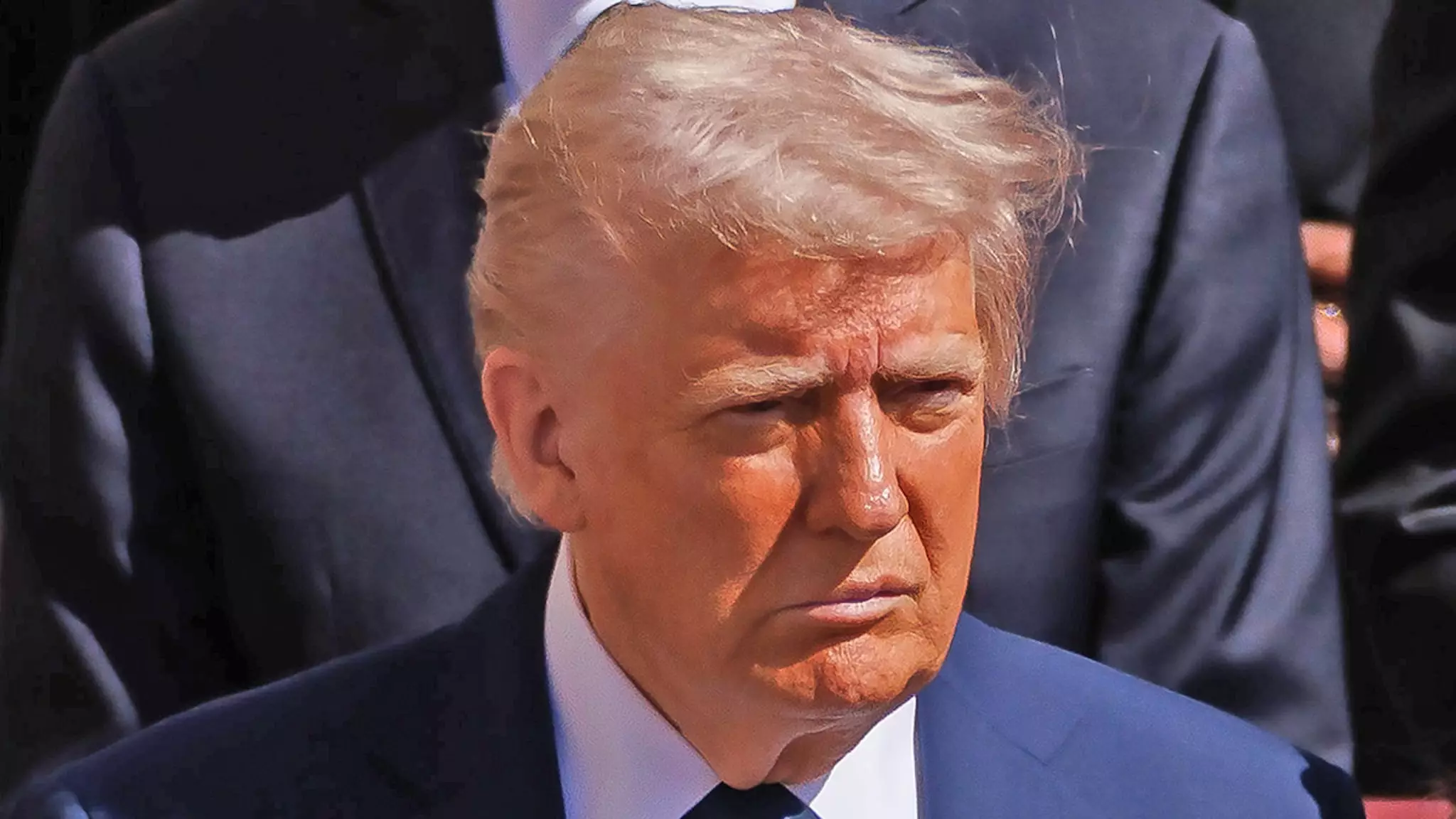When the world tuned in to bid farewell to Pope Francis, all eyes were on the solemn occasion that marked the closing chapter of a significant papacy. However, it was former President Donald Trump’s choice of attire that turned heads and sparked debate, arguably overshadowing the gravity of the event itself. Trump arrived in a bright blue suit, a stark contrast to the black attire worn by nearly every other attendee. This bold choice did not go unnoticed, and social media erupted with commentary, splitting opinions and igniting discussions on decorum in the context of mourning.
The Color of Respect? Analyzing Traditions and Expectations
Traditionally, funerals carried out by the Vatican stipulate a black dress code as a sign of respect to the deceased. Trump’s bright blue suit not only broke this unspoken rule but also drew attention at an event requiring solemnity. While Trump’s supporters may view this choice as a personal expression, his critics were quick to label it a lack of reverence, especially against the backdrop of an occasion meant to honor the late Pope. Social media reflects a struggle between personal expression and communal expectations — an ongoing dialogue about how one’s behavior impacts collective mourning experiences.
Public Figures and Their Habits: The Double Standard?
The backlash against Trump’s outfit extends beyond mere fashion; it speaks to the broader narrative surrounding the behaviors of public figures in moments that demand respect. Critics linked Trump’s choice to past controversies, notably when Ukrainian President Volodymyr Zelensky faced scrutiny during his visit to the White House for his casual attire. This juxtaposition raises an interesting question: do different cultural contexts justify different attires? Additionally, such criticism highlights the perceived hypocrisy within the political sphere, particularly when style choices can evoke strong opinions based on individual biases.
A Defense of Personal Expression?
Supporters of Trump would argue that fashion is inherently subjective and can be a means of personal expression. White House Communications Director Steven Cheung defended the former president, stating that the primary focus should remain on honoring Pope Francis rather than fixating on attire. This provocative stance raises the issue of whether fashion should ever overshadow a tribute meant for a revered figure. After all, could not the choice to wear a blue suit be interpreted as a tribute to diversity and individuality amidst a world that often demands conformity?
Where Do We Draw the Line?
As debates continue about the appropriateness of Trump’s attire, the underlying message is clear: our expectations of decorum at public ceremonies are as varied as the individuals who occupy these spaces. The blue suit incident serves to illustrate that in a modern world where opinions clash, individual choices in moments of collective grief elicit powerful reactions. While respect for tradition is essential, perhaps there’s room for personal flair—even at a funeral. The unexpected juxtaposition of vibrant colors against darkly attired mourners invites deeper reflection on our values surrounding mourning and respect in an ever-evolving cultural landscape.

Leave a Reply